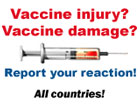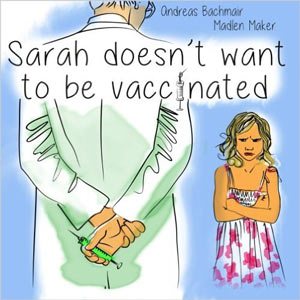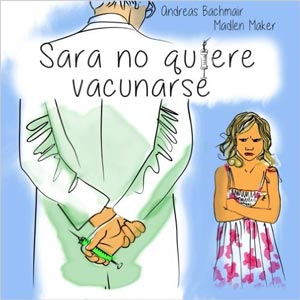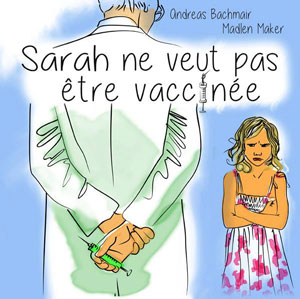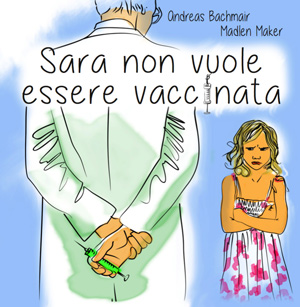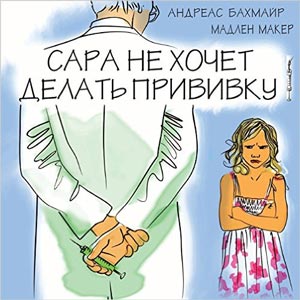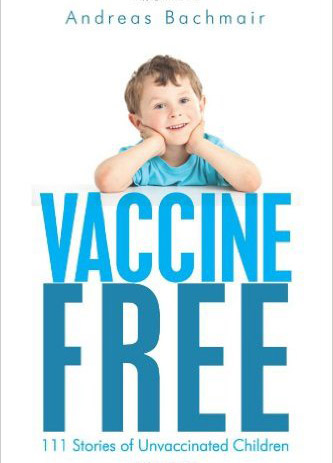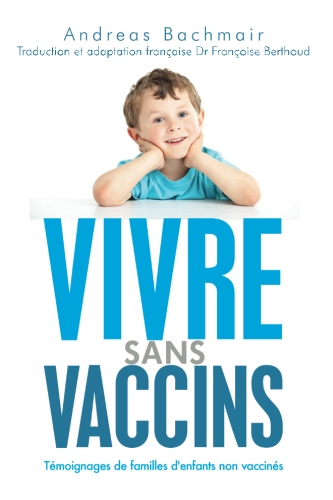Pneumcoccal vaccination
Vaccination
Until July 2006, pneumococcal vaccinations were an indication vaccination. They were administered to children (as of three months of age), adolescents and adults with an increased health risk as a result of an underlying disease: (RKI: Epidemiologisches Bulletin No. 28):
- For congenital and acquired immune defects (e.g. congenital and acquired immune defects such as HIV infection, A and hypo gamma globulinaemia, sickle cell anemia or other haemoglobulinopathies or asplenia)
- chronic diseases (diabetes mellitus, respiratory infections, renal failure, before organ transplants)
- Premature babies, children who do not weigh much at birth, infants and children with failure to thrive or neurological diseases
Children younger than three years of age receive the pneumococci multiple vaccine. This vaccine contains 7 serotypes of the 90 which are known. What is problematic here, however, is that 4 of the most common ones are missing. The vaccine was developed in the USA where other serotypes are responsible for the diseases.
People who are older than 60 and children who are older than 2 years of age receive a polysaccharide vaccine with 23 serotypes.
Pneumococcal vaccinations have been recommended as a standard vaccination for people older than 60 years of age for years. But for infants and small children the vaccination has always been an indication vaccination. This changed in 2006. Saxony was the first German Federal state to include pneumococcal vaccinations in their list of standard vaccinations. In August of 2006 this recommendation was put into effect for all of Germany. Even though pneumococcal diseases endangers only small children who already have an existing disease (see above), healthy infants and small children are also to be vaccinated even though the benefit of vaccinations has not been proven for this group.
In the interim pneumococcal vaccinations have also been included in the vaccination regimen as a standard vaccination for infants in Austria.
The new general vaccination recommendation for children will place a great financial burden on health care providers due to the fact that the price for the four required pneumococci vaccination doses presently comes to 248 €. Generally health insurers take over the costs for vaccinations that are recommended by STIKO. But due to the fact that the costs for the pneumococcal vaccinations have doubled the costs for vaccinations for children it remains to be seen to what extent health care providers are willing to cover all of the vaccinations which are recommended.
Immunity
Due to the fact that a large part of the vaccination subgroups is missing in the vaccine (for children younger than 3 years of age) the effect of the vaccination is questionable. Furthermore it has been shown that the serotypes which are not contained in the vaccine are vastly increasing as the causative pathogen (ESKOLA, J. N. English Journal of Medicine. 2001; 344: 403-9).
While the Finish trial investigating middle ear infections cut the risk of otitis caused by pneumococci by a third, the total number of middle ear infections remained the same:
|
A randomized controlled double-blind trial included 1662 children whose parents had agreed to the recommended vaccinations. What was investigated was the occurrence of acute otitis (confirmed by cultures) and side-effects within 2 years after the vaccinations. Results: Within 2 years there were a total of 2596 cases of culturally confirmed otitis media.The rate of all of the acute otitis cases in the intervention group was decreased by 6% as compared to the control group. The number of otitis cases caused by pneumococci dropped by 34%, the middle ear infections that were caused by the serotypes contained in the vaccine even by 57%. However, in the intervention group the increase of otitis amounted to 33% caused by the serotypes in the vaccination not taken into account. There were more local side effects in the intervention group than in the control group. The difference in serious side-effects was not significant. If you look at the number of hospitalizations due to system infections of children after pneumococci vaccinations there were 4 in the intervention group as compared to 13 in the control group (statistically significant).
Comment The reduction in all cases of otitis media by 6% is a value which is not statistically significant for the data on hand. On the other hand there is significance in the reduction of hospitalizations due to systemic infections. In absolute numbers: the number of cases prevented for 1662 children amounts to 9. |
In the USA the number of hospitalizations due to pneumococcal diseases dropped by 50% between 2000 to 2002, in other words after the introduction of pneumococal vaccinations, but serious diseases such as meningitis or sepsis as a result of pneumococci not protected by the vaccine rose by 50% ("serotype replacement") and a larger number can now also be found in nose and throat cultures of children who have been vaccinated.
Moreover, ear infections due to other bacteria than pneumococci are becoming more prevalent (some with a larger antibiotic spectrum of resistance).(http://www.boston.com/news/globe/health_science/articles/2005/06/21/childhood_vaccine_saves_lives_but_may_lead_to_other_infections/ Bogaert D, Veenhoven RH, Sluijter M, Wannet WJ, Rijkers GT, Mitchell TJ, Clarke SC, Goessens WH, Schilder AG, Sanders EA, de Groot R, Hermans Molecular epidemiology of pneumococcal colonization in response to pneumococcal conjugate vaccination in children with recurrent acute Otitis media.PW.J Clin Microbiol. 2005 Jan;43(1):74-83.)
As a result of pneumococci vaccinations (including Hib vaccination) there is not only a shift of the serotypes of the pneumococci in the nasopharynx, the mouth flora changes which makes it easier for pathogenic bacteria to settle. Thus the pneumococcal vaccination results in a rise of pathogenic staphylococcus aureus bacteria. (Regev-Yochay G, Dagan R, Raz M, Carmeli Y, Shainberg B, Derazne E, Rahav G, Rubinstein E.Association between carriage of Streptococcus pneumoniae and Staphylococcus aureus in Children.JAMA 2004 Aug 11;292(6):716-20./Elena S. Lysenko, Adam J. Ratner, Aaron L. Nelson, Jeffrey N. Weiser,The Role of Innate Immune Responses in the Outcome of Interspecies Competition for Colonization of Mucosal SurfacesPLoS Pathogens September 2005; Vol. 1 (1): e1 0009)
The university clinic in Barcelona investigated the changes in the invasive pneumococcal diseases after introduction of the pneumococcal vaccination Prevanar between the years 1997-2001 and 2002-2006. After introduction of the pneumococcal vaccination the rate of invasive pneumococcal diseases has increased significantly – mainly caused by (1, 6A, 5, 19A) which are not contained in the vaccine.(referred to as serotype-replacement- see above). The rise was 58% in children younger than 2 years of age and 135% in children between 2-4 years of age. When the children were younger than 5 years of age the clinical pneumonias and/or empyema caused by pneumococci were more frequent by 320%. (Carmen Munoz-Almagro, Iolanda Jordan, Amadeo Gene, Cristina Latorre, Juan J. Garcia-Garcia,and Roman Pallares: Emergence of Invasive Pneumococcal Disease Caused by Nonvaccine Serotypes in the Era of 7-Valent Conjugate Vaccine,CID 2008:46 (15 January)
Side effects, vaccination complications and vaccination damages of pneumococci vaccinations
The most frequent side effects that were observed included reactions at the site of injection, fever (> 38°C), fussiness, fatigue, restless sleep, lack of appetite, vomiting, diarrhoea and rash or urticaria. Children who received combined vaccinations against diphtheria, pertussis and tetanus at the same time tended to suffer from fever more often.
|
Specific information on Pneumovax |
Specific information on Prevenar |
|
The most frequent side effects in clinical trials Purpura |
Disorders of the blood system and lymph system: Disorders of the immune system: |
Conclusion:
A wide range of pneumococcal vaccinations will not guarantee that the total number of pneumococci diseases decreases. There is a danger of a shift towards other bacteria which are not part of the vaccine. The benefit of the vaccination in Central Europe is not guaranteed – neither for healthy children nor fort he elderly.
Moreover, as a result of the four recommended vaccinations infants are burdened by aluminum, a problematic material in itself.


